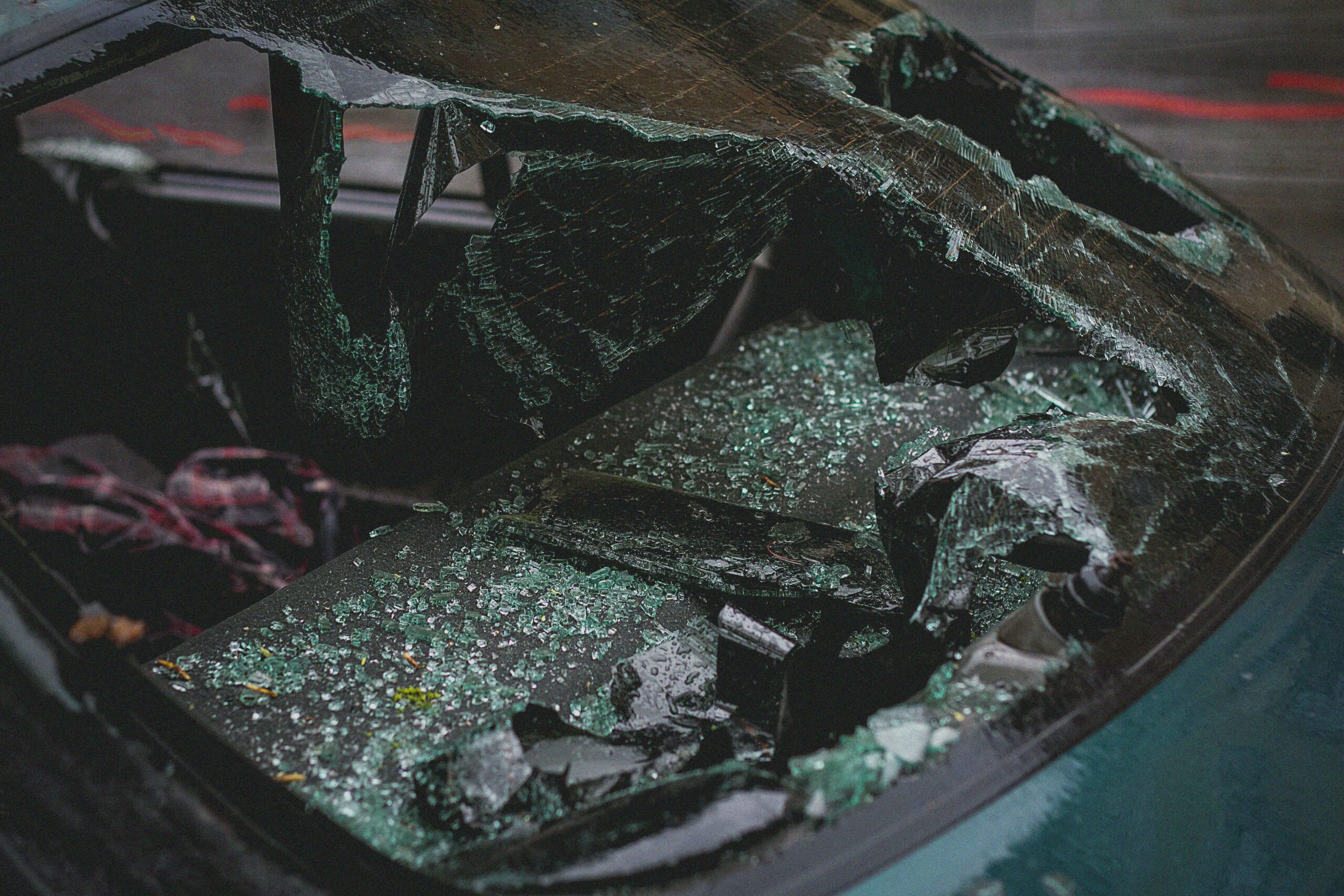Bicycle accidents are scary. You are in a vulnerable position when you ride your bike. Your body is completely exposed, and the machine itself provides little protection. If you’ve been harmed in a bicycle accident, can you hold someone responsible? In any personal injury case, liability depends on the details of your accident.
Comparative Negligence in Texas
Personal injury decisions in the Lone Star State are guided by comparative negligence laws. Essentially, these laws acknowledge that often, more than one person is responsible for an injury. Let’s use the example of being hit by a car while riding your bike.
Imagine you are obeying all traffic laws while biking. Suddenly, a car speeds through a stop sign, injuring you. In a scenario like this, the courts would likely hold the driver 100% responsible for your injuries. However, let’s imagine you were hit crossing illegally at a red crosswalk sign. The driver was speeding, but you should not have been crossing. In that case, the courts would likely hold you at least somewhat liable for your own injuries.
Courts use a percentage-based system in comparative negligence. Consider the example where you were hit by a speeding driver while crossing illegally. The courts hold you 40% responsible for your injuries. This percent represents how much money you can receive in the final judgement. So, if you are 40% responsible for your injuries, you can receive only 60% of the damages awarded by the court. If you, the plaintiff, are found to be 51% or more responsible for your own injuries, you cannot receive any compensation for your injuries.
This system is relevant when discussing a bicycle injury. There may be times when technically, on paper, you are responsible for the accident. However, because of comparative negligence laws, there could be another entity that holds a greater responsibility.
Using Accident Statistics to Determine Liability
The National Highway Traffic Safety Administration (NHTSA) releases regular statistics on bicycle accidents in the U.S. Using these numbers, let’s discuss various possibilities for who may be responsible for a bicycle accident.
30% of Bikers Are Hit by a Car
This is the most common type of bicycle accident. As explained above, unless the biker was negligent in their behavior, liability should be easy to determine. Negligent drivers can hit a bike rider in a number of scenarios.
Breaking Traffic Laws
Drivers often speed, run red lights or stop signs, turn without signaling, etc. When a driver is guilty of harming someone while breaking traffic laws, it may be possible to hold them accountable in a strict liability case. In this situation, a court needs only to see that the driver was breaking the law, and you were harmed as a result.
Distracted Driving
Commonly, drivers are guilty of taking driving for granted. They grow too comfortable behind the wheel and perform various other actions when they should be focused. Maybe they are eating, texting, or playing with the entertainment panel, and they hit a biker.
Reckless or Aggressive Driving
This is another way drivers become too comfortable. Overconfident, they take unnecessary risks. They may zip between cars and change lanes multiple times. Perhaps they tailgate, attempting to push the driver ahead of them. Sometimes, aggressive driving behaviors are technically legal, but if they cause injury to a biker, that biker can sue for the driver’s negligent behavior.
DWI
When a driver is guilty of harming someone because of impaired driving, they can face serious criminal charges. If they are convicted, it is still possible to sue if they injured you on your bike. DWI lawsuits can come from a strict liability claim, just like lawsuits over traffic offenses. If the defendant loses, they could face severe financial penalties including punitive damages.
17% of Bikers Fell off Their Bikes
In a personal injury case, how something happened matters most. To simply say that a biker fell does not tell the whole story. Why did they fall? Perhaps there was something obstructing their view, and they couldn’t see a tight turn ahead. Maybe there was a foreign object in the road, and the biker fell trying to avoid it. These incidents could be the result of someone’s negligence. Your attorney should investigate every detail of your case. If someone else is responsible for your fall, they may be able to uncover the facts and bring that person to court.
13% of Bikers Were Injured by Poor Roads
Bicycles are unpredictable. Sometimes, you can glide easily over a pebble or pothole with no problems. Other times, those same conditions cause a bike to lose control. Your local government is responsible for the upkeep and maintenance of roads. If you are harmed by a road in disrepair, it is possible to hold the government responsible.
Suing a government entity is tricky. There are sovereign immunity laws that shorten the timeline on lawsuits and protect certain individuals from liability. With the help of a skilled attorney, you may be able to cut through the red tape and bring a negligent government entity to justice.
13% of Biker Accidents Are Labeled “Rider Error”
It may seem like an obvious conclusion: “If my accident was due to rider error, I am responsible.” This is not necessarily true. In a courtroom, the smallest details matter. Remember that the “why” is as important as the “what.” Perhaps another accident happened right before you, and you made an error trying to avoid it. Maybe your bicycle was defective, and you made an error trying to maintain control.
This is why comparative negligence laws are so important. If your accident was classified as a rider error, that does not mean you cannot take legal action. When a courtroom determines that you are 50% or less responsible for your injuries, you can still receive a substantial reward in a lawsuit.
7% of Bikers Hit a Stationary Object
Again, why you hit that object matters. You may have had an obstructed view; you may have been avoiding another accident; poor road conditions may have swerved you off course; etc. It is good practice to evaluate any accident afterward and see if, in fact, someone else caused your injuries.
4% of Bikers Had a Dog Suddenly Dart Out in Front of Them
Texas has a specific set of expectations for dog owners. If an animal chased or attacked you while you were on your bike, you may be able to hold the owner liable. Dog owners have a responsibility to know the history of their animal and whether it has attacked someone before. Aggressive dogs must be leashed and muzzled. Even if the dog has no history of aggression, it may have run in front of you while chasing a squirrel. Dog owners must keep their dogs leashed or confined. This is another example of holding people accountable in a strict liability claim. If dog owners are not obeying the law, they can be held accountable.
If you’ve been harmed in a bicycle injury, contact us today. We may be able to investigate your case and hold parties responsible. Call 888-4-ZEN-LAW or contact us online for a free consultation.








